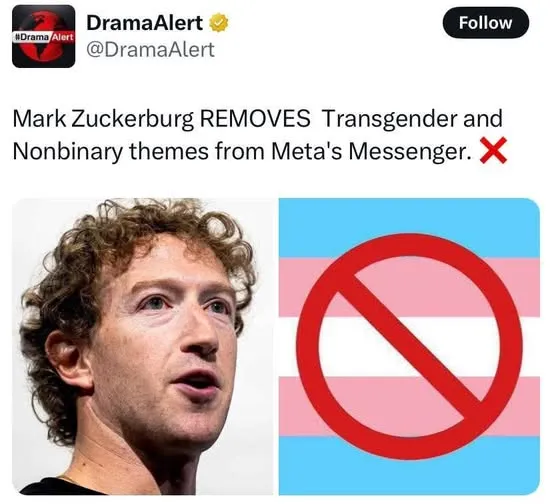
Elon Musk, the billionaire innovator behind Tesla, SpaceX, and The Boring Company, has unveiled a bold new vision that could revolutionize global transportation. Musk claims his latest innovation is a $20 billion tunnel capable of connecting New York City to London in just 54 minutes. This futuristic project promises to redefine the boundaries of travel and could be a groundbreaking step toward a more connected world.
Musk’s proposed tunnel would leverage Hyperloop technology, a high-speed transportation system he has championed for years. The concept involves pods traveling through vacuum-sealed tubes at speeds exceeding 700 miles per hour. Unlike traditional air or sea travel, the Hyperloop promises near-instantaneous connectivity with minimal environmental impact.
The transatlantic tunnel, as Musk describes it, would stretch thousands of miles beneath the Atlantic Ocean. Passengers would board Hyperloop pods in either New York or London, and the vacuum-sealed system would propel them across the ocean at unprecedented speeds. Musk’s claim of a 54-minute travel time has left the public and industry experts both amazed and skeptical.
Building a tunnel of this magnitude under the Atlantic Ocean presents an array of challenges. Engineers would need to overcome immense technical hurdles, from structural integrity under extreme pressure to seismic activity and water infiltration. The project would also require a seamless integration of Hyperloop technology with a stable tunnel system, something that has never been attempted on this scale.
Despite these challenges, Musk remains confident. “People doubted electric cars and reusable rockets,” he said during a presentation. “This is just the next step in pushing humanity forward.”
The project would likely require unprecedented collaboration between governments, private companies, and engineering firms worldwide. Musk estimates a timeline of 10 to 15 years for completion, provided the necessary funding and regulatory approvals are secured.
The $20 billion price tag for the project may seem astronomical, but Musk argues it’s a worthwhile investment. “This isn’t just about faster travel,” he said. “It’s about connecting people, economies, and cultures on a scale we’ve never seen before.”
To fund the tunnel, Musk envisions a combination of private investment, government partnerships, and potential ticket sales. Early projections suggest ticket prices could range from $500 to $1,000, making it a viable option for business travelers and wealthy tourists. However, Musk has expressed interest in reducing costs over time to make the technology accessible to more people.
If successful, the NYC-to-London tunnel could offer numerous advantages:
-
Speed and Efficiency: Traveling across the Atlantic in less than an hour would redefine long-distance travel, making it as convenient as a domestic flight.
-
Environmental Impact: The Hyperloop’s reliance on renewable energy sources and its low-carbon footprint would make it a sustainable alternative to air travel.
-
Economic Opportunities: Faster connections between major financial hubs could spur economic growth, boost tourism, and create thousands of jobs during construction and operation.
-
Technological Advancement: The project could pave the way for similar tunnels connecting other global cities, potentially shrinking the world like never before.
While the vision is inspiring, it has also attracted its share of critics. Experts have raised concerns about the feasibility of the project, citing the immense engineering, logistical, and financial challenges involved. Critics argue that Musk’s timelines are overly optimistic and that unforeseen complications could derail the project.
Environmentalists have also expressed concerns about the potential ecological impact of such a massive construction project under the ocean. While Musk has promised sustainable practices, the scale of the project raises questions about its long-term effects on marine ecosystems.
Others have pointed out that regulatory hurdles could be a significant barrier. With multiple countries and international bodies involved, the approval process could take years, if not decades.
Despite the skepticism, Musk’s track record of turning ambitious ideas into reality gives this project a degree of credibility. From Tesla’s dominance in the electric vehicle market to SpaceX’s reusable rockets, Musk has repeatedly proven that innovation can overcome seemingly insurmountable obstacles.
The NYC-to-London tunnel represents a vision of the future that many find exciting, even if it seems far-fetched. Whether it becomes a reality or remains a bold dream, Musk’s proposal has sparked a global conversation about the possibilities of high-speed, sustainable travel.
Elon Musk’s $20 billion tunnel project is a testament to his belief in pushing the boundaries of what’s possible. While it faces significant challenges, the idea of traveling from New York to London in just 54 minutes captures the imagination and inspires hope for a future where the world is more interconnected than ever before. Whether Musk can deliver on this ambitious promise remains to be seen, but one thing is certain: his vision continues to challenge the status quo and reshape our understanding of what’s achievable.
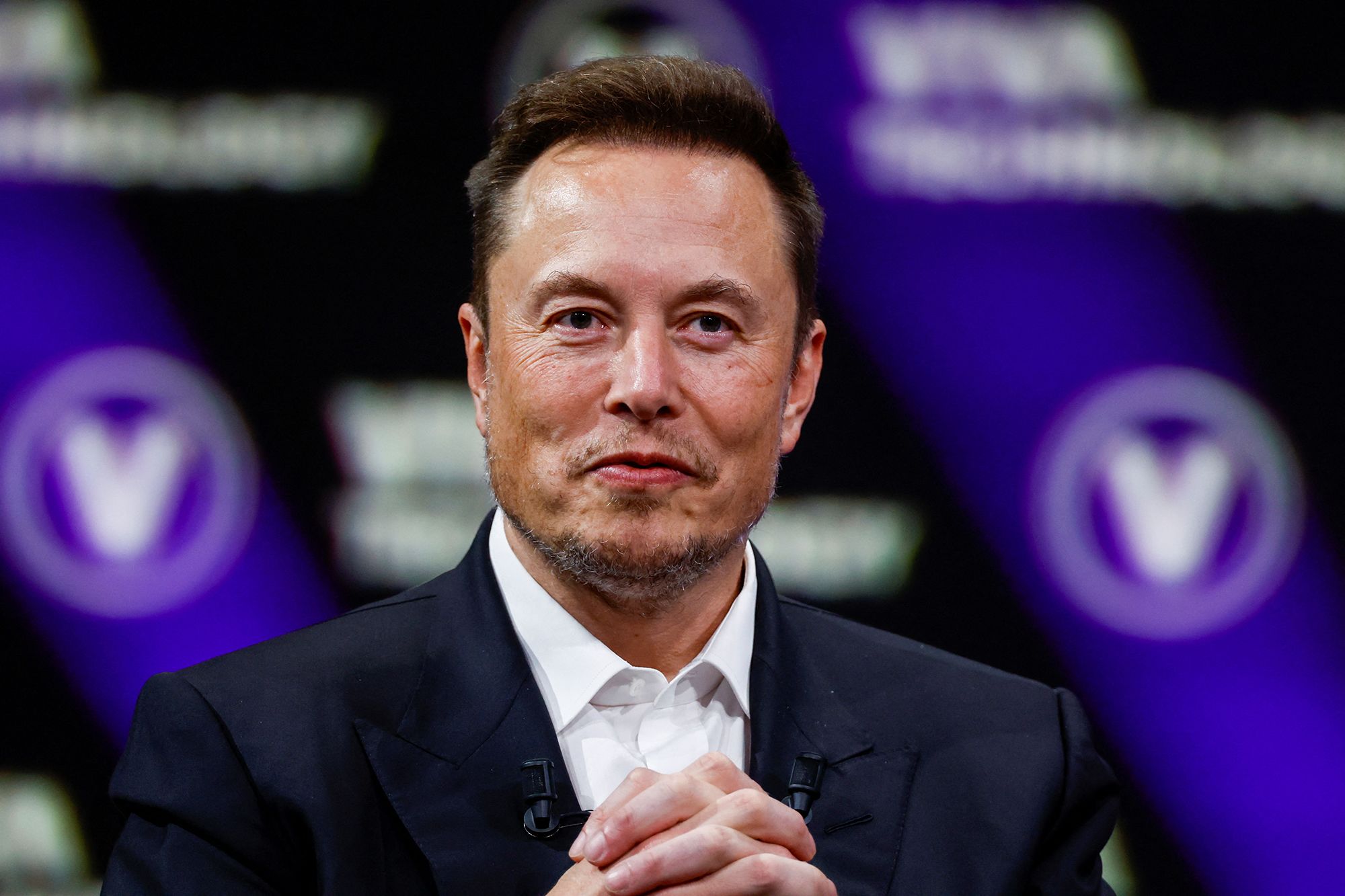
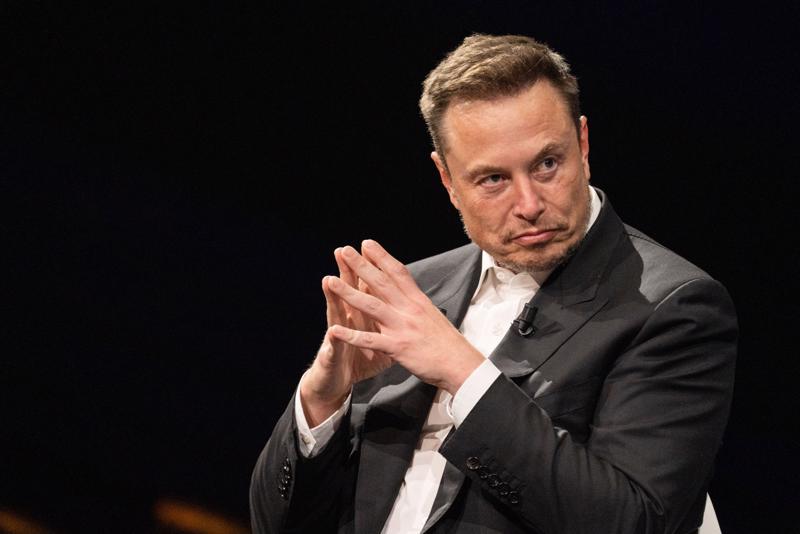




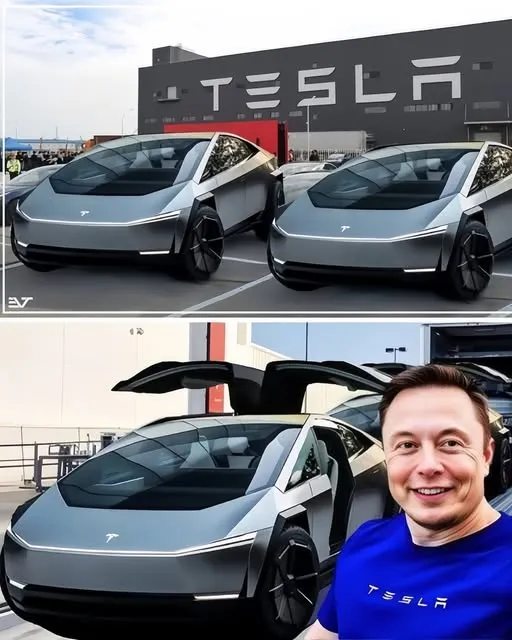
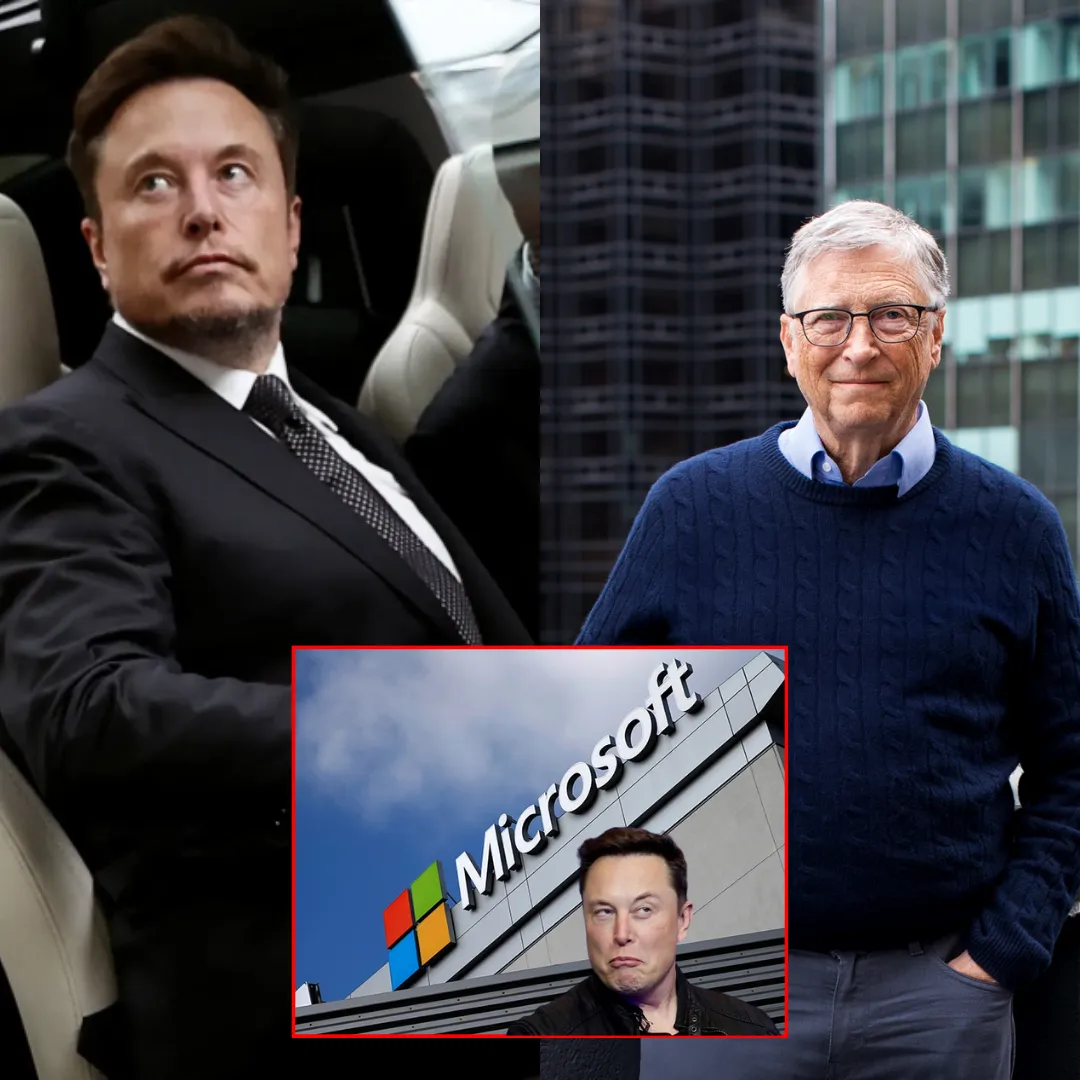
-1742555332-q80.webp)
